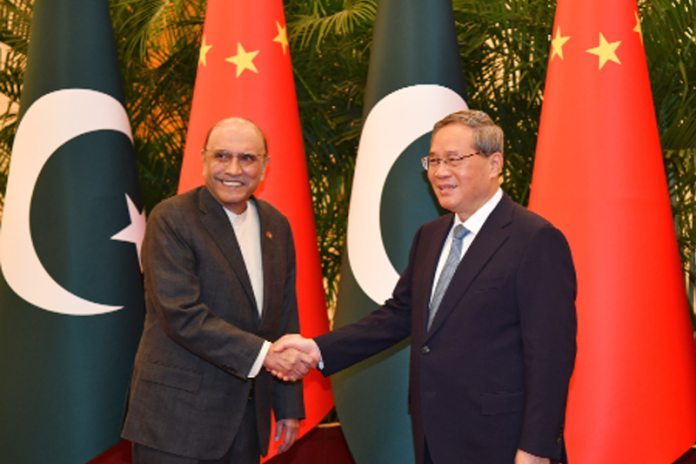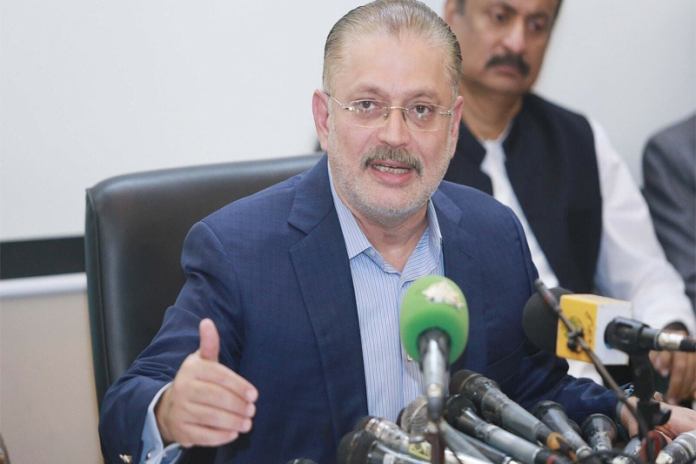How to make a country economically developed?

- 347
- 0
It was once believed that increasing economic growth will open doors for employment opportunities and in turn raise the living standards of the general public. However, with the pandemic still on the loose, the business world has come to a very different notion than the former one. They now go for the work navigation technique – aiding the public in a vast field of work and boosting economic growth and development.
To deduce a country with steady economic growth, the basic criteria is to evaluate the per capita gross domestic product, the general living standards, the industrialization levels, the human development index, technology, and infrastructure of that country. Reviving economic growth and educating individuals for the workforce of the future are related, but not necessarily in the usual conventional way. Recent studies suggest that growth alone is insufficient to address the rising inequality and job insecurity brought on by the restructuring of the labor market.
Furthermore, due to high debt levels, authorities have fewer orthodox options at their disposal to boost the economy in the event of another crisis. Therefore, it is crucial that the workforce and economic growth should go hand in hand and for that, the first step the government should consider taking is investing in the people. It lay the foundation of human-centric growth as it binds the two parties by a social contract.
Investing in a people requires resource sharing and access to professional training and education. As the population grows and the resources reduce threatening manufacturing goods and services. Both of which developing economies have historically capitalized on and where a large portion of employment in rich economies is concentrated. Considering this, economic policymakers around the world need to take greater action regarding this matter. For example, they should design policies that would urge nations to create an international framework to support lifelong learning. Such learning should include expanded public employment services, robust and well-funded labor market training and adjustment policies, and a baseline of social safety for the entire workforce. The major objectives of improving the quality of life and the economy should be incorporated into various levels of education and training.
In addition to this, the governments should also improve national institutions and rules governing the workplace in collaboration with the employer-employee organizations. From employee wages to leaves, generating a wider benefit scale would work wonders. These have an impact on the economy's level of aggregate demand and purchasing power.
Moreover, educating the rural areas of under-developed countries, empowering their women, and providing them opportunities to efficiently utilize their resources by creating a school-work balance from an early age would boost the economy of the country. While in urban settings, the promotion of female leadership and voice, the abolition of workplace violence and harassment, and the implementation of pay transparency regulations would strengthen the workforce. In this way, both rural and urban areas would be able to push the economy towards steady growth.
In conclusion, the relationship between growth and labor markets needs to be seen the other way around for government, corporate giants, and policymakers in the present times. Countries can most effectively increase their economic growth and development by investing in the public, improving their social contracts, and educating and providing their citizens the right to negotiate at the workplace. In this way, mutual benefit is achieved at both ends.
Published in The Daily National Courier, August, 14 2022
Like Business on Facebook, follow @DailyNCourier on Twitter to stay informed and join in the conversation.

















































